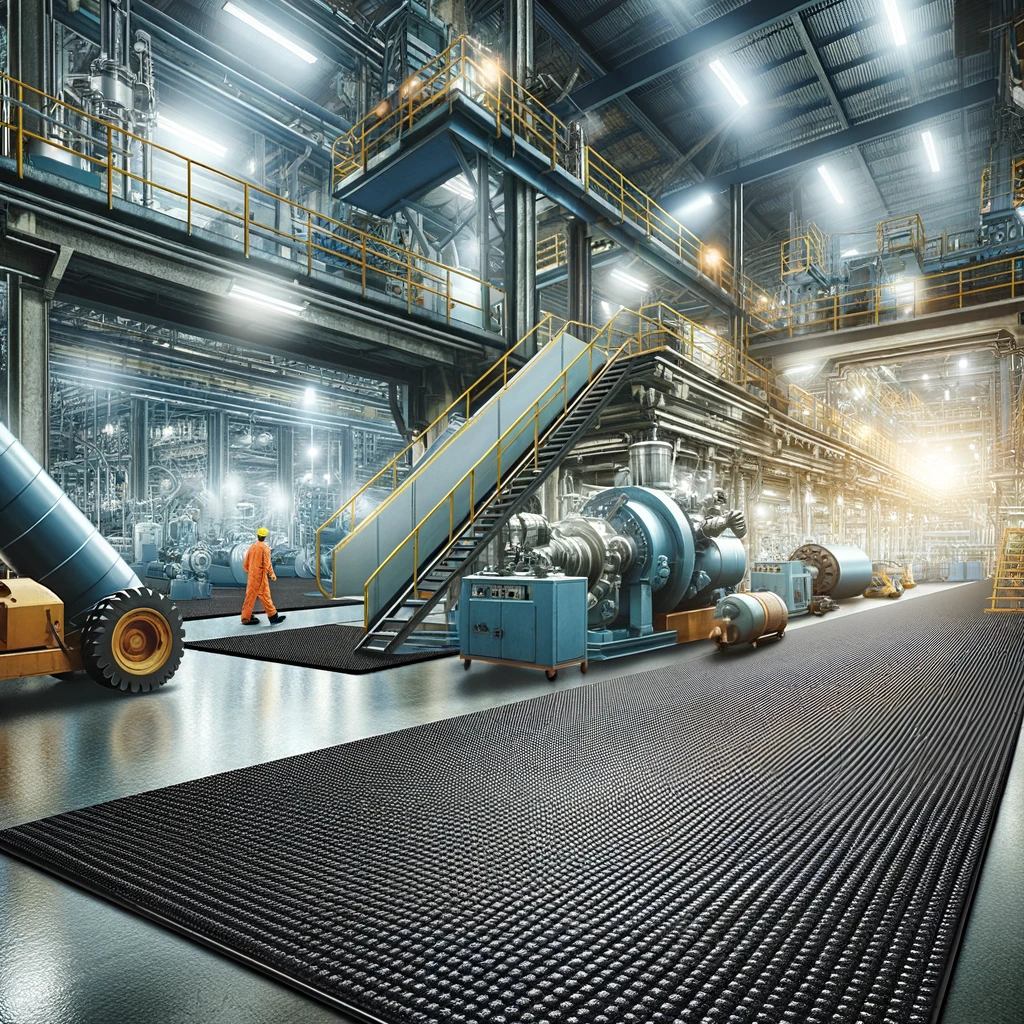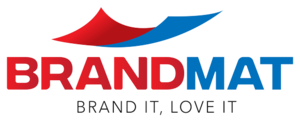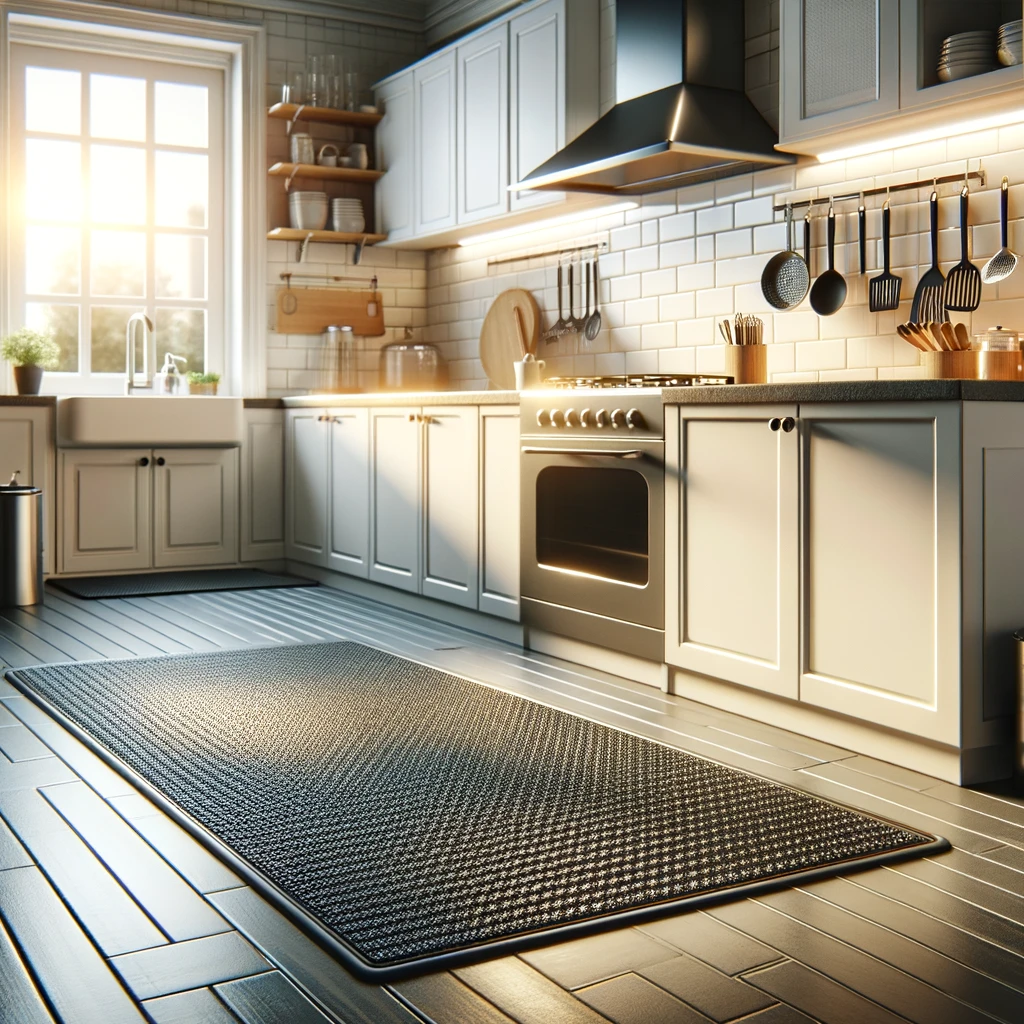Table of Contents
Toggle- I. Introduction
- II. Unique Properties of Rubber Floor Mats
- III. Advantages of Rubber Floor Mats
- IV. Applications of Rubber Floor Mats
- V. Recycling and End-of-Life Considerations
- VI. Future Trends and Developments
- VII. Conclusion
I. Introduction
A. Overview of Rubber Floor Mats
Rubber floor mats, pivotal in modern flooring solutions, embody durability, flexibility, and safety. Originating both naturally and synthetically, rubber has transitioned through centuries, reflecting technological growth and a heightened environmental consciousness.
B. Importance of Rubber Mats in Various Settings
Rubber mats’ significance spans across industrial to residential areas, enhancing safety, diminishing fatigue, and promoting cleaner, more sustainable environments.
II. Unique Properties of Rubber Floor Mats
A. Material Composition
1. Natural vs. synthetic rubber
Choosing between natural rubber, from latex-bearing trees, and synthetic rubber, from petroleum, hinges on use, with each offering unique benefits.
2. Additives and their effects
Additives like carbon black and plasticizers modify rubber mats’ properties, tailoring them for specific uses and environments.
B. Physical and Mechanical Properties
1. Durability and resistance to wear
Rubber mats excel in durability, a trait that makes them indispensable in high-traffic areas.
2. Flexibility and comfort
Their inherent flexibility provides underfoot comfort, essential in standing-intensive settings.
C. Safety and Hygiene Features
1. Slip resistance
Rubber mats’ textured surfaces effectively reduce slipping hazards, ensuring safety in various conditions.
2. Antimicrobial properties
With antimicrobial treatments, some rubber mats offer added hygiene by inhibiting bacteria and fungi growth.

III. Advantages of Rubber Floor Mats
A. Health and Safety Benefits
1. Reduction in fatigue and injury
Rubber mats alleviate standing-induced fatigue and injury risks, enhancing workplace and home safety.
2. Improvement in air quality
By trapping dust and allergens, rubber mats contribute to cleaner, healthier indoor air.
B. Maintenance and Longevity
1. Ease of cleaning
The low-maintenance nature of rubber mats, coupled with their easy cleaning process, suits fast-paced environments perfectly.
2. Resistance to stains and chemicals
Their stain and chemical resistance ensure rubber mats maintain their integrity and appearance over time.
C. Environmental Impact
1. Energy efficiency in production
Modern production methods have increased the energy efficiency of rubber mat manufacturing, minimizing environmental footprints.
2. Recyclability and sustainability
The shift towards using recycled materials in rubber mats highlights the industry’s commitment to sustainability.
IV. Applications of Rubber Floor Mats
A. Industrial and Commercial Applications
1. Manufacturing facilities
In manufacturing settings, rubber mats enhance safety and productivity by reducing accident risks and fatigue.
2. Retail and office spaces
Logo mats, a subset of rubber mats, bolster brand identity while ensuring customer and employee safety.
B. Residential Applications
1. Kitchens and bathrooms
For home use, areas like kitchens and bathrooms benefit from the slip resistance and ease of cleaning offered by welcome mats.
2. Garages and outdoor spaces
Durability and weather resistance make rubber mats ideal for garages and exteriors, as seen in interlock rubber mats.
C. Specialized Applications
1. Gyms and recreational areas
The impact absorption and noise reduction properties of rubber mats make them perfect for gyms, supported by yoga mats designed for comfort and grip.
2. Automotive industry
In vehicles, rubber mats protect against wear and spills, demonstrating the material’s versatility across applications.
V. Recycling and End-of-Life Considerations
A. Challenges in Rubber Recycling
1. Material complexity and separation
The diverse composition of rubber mats requires sophisticated separation techniques for recycling.
2. Economic and logistical issues
The economic and logistical complexities of recycling call for innovative solutions and significant investment.
B. Innovative Recycling Solutions
1. Repurposing used mats
The potential for repurposing used mats into playground surfaces or equestrian arenas illustrates the versatility of rubber.
2. Advances in rubber recycling technologies
Technological advancements are making rubber recycling more efficient, pointing towards a sustainable future.
C. Lifecycle Management Strategies
1. Design for recycling
With recycling in mind, manufacturers are simplifying the recovery and reuse of materials in rubber mat production.
2. Corporate and community recycling programs
Efforts to collect and recycle rubber mats are vital in reducing waste and promoting sustainability.
VI. Future Trends and Developments
A. Technological Innovations in Rubber Mat Production
The future of rubber mats lies in balancing technological innovation with environmental responsibility, ensuring sustainability remains central to development.
B. Evolving Applications of Rubber Mats
As applications expand, the role of rubber mats in promoting safety, comfort, and sustainability continues to grow.
C. Sustainability and Environmental Responsibility
Technological advances and a commitment to sustainability will guide the rubber mat industry towards a more eco-friendly future.
VII. Conclusion
Rubber floor mats stand at the intersection of functionality, safety, and ecological sustainability. Their continued evolution and expanding applications highlight their importance across sectors. Emphasizing sustainability and innovation ensures rubber mats will remain vital in modern living, industry, and environmental conservation, heralding a future where durability meets sustainability.

